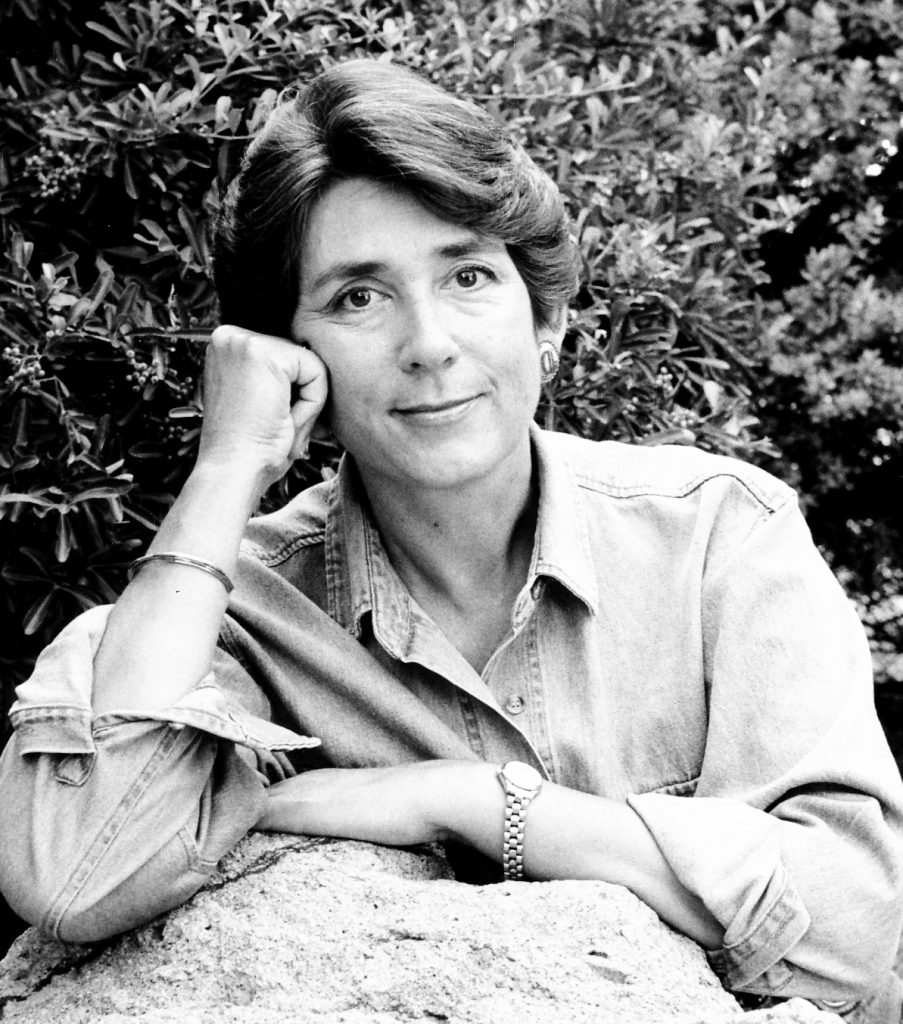
I am so happy to welcome Tucson writer SUSAN CUMMINS MILLER to Tell Me Your Story this month. Susan holds degrees in history, anthropology, and geology, worked as a field geologist and taught geology, paleontology, and oceanography before metamorphosing into a writer of fiction, nonfiction, and poetry. She has penned six Frankie MacFarlane, Geologist, mysteries,(one of my favorite series) four of which were finalists for the WILLA Award in contemporary fiction, a Keridec Rees historical mystery, and a nonfiction anthology. Susan’s writing is inspired by her life and work in the desert West, and arises from the intersections of landscape, science, history, prehistory, and Time. She writes to explore the mysteries that lie all around us, hiding beneath surface observations. She received the Tucson Poetry Festival’s Will Inman Award, and recently released two poetry collections, Deciphering the Desert and Making Silent Stones Sing, a finalist for the 2023 Spur Poem Award and WILLA Literary Awards-Poetry. Please be sure to check out Susan’s website at http://www.susancumminsmiller.com to read about her many wonderful titles!
A Funny Thing Happened on the Way to Pair-a-Dice: A Geoscientist’s Curious Journey from Fieldwork to Crime Fiction
By Susan Cummins Miller
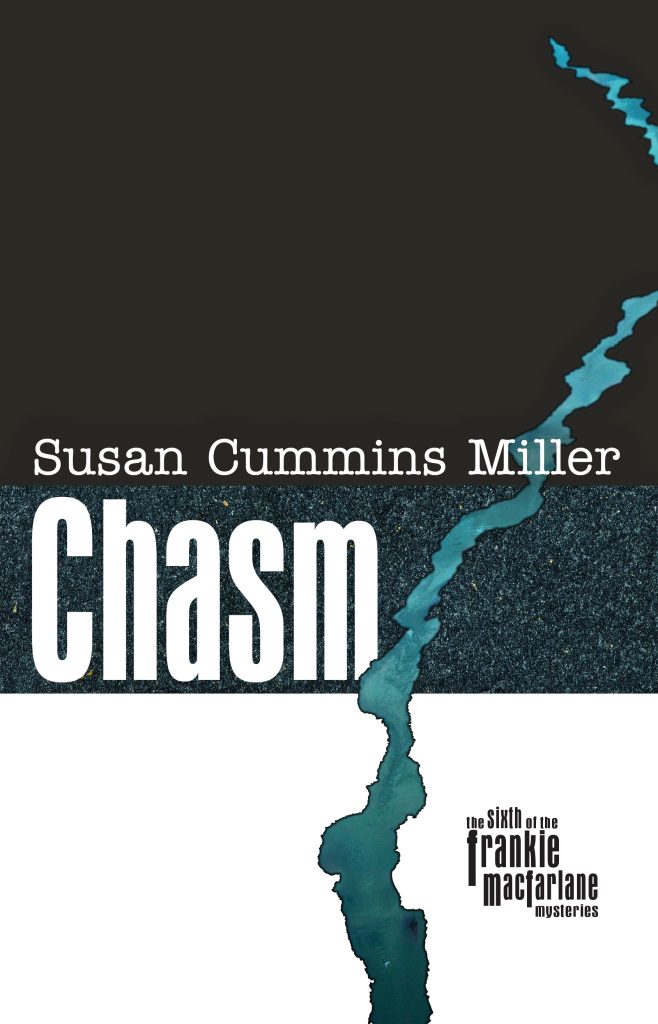
I suspect that everyone’s writing journey is an exploration of the great mysteries, internal and external—a search for understanding and answers to universal questions. Mine is.
I was fortunate enough to be born into a family that valued literature, history, education, and the natural world. An adventuresome family. From the age of four months, I camped with them throughout the West and Midwest, Baja California, and British Columbia. I became comfortable with wilderness, with solitude and silence, which boded well for my future careers.
My family gathered for dinner every night at 6 p.m., even if we were eating around a campfire or in a trailer lit by the warm glow of a Coleman lantern. Dinner was followed by storytelling through poetry, history, or geography. Or by math or vocabulary games; or perhaps 20 Questions. But even games were enhanced by stories as my father drew out memories of past adventures. And what I internalized was this: We all are the heroes of our own journeys.
My parents read to us. We were surrounded by books. Before I could write I scribbled long missives to my mother on lined paper. She read the gobbledygook back to me as if those scrawls told a story. Later, frequent library visits resulted in armfuls of books. I would read my cache, then the books my four siblings had checked out. By age 10 or 11, I’d read my way through the children’s section, and was exploring the adult section. The throughline was mystery fiction—Nancy Drew, Hardy Boys, Dana Girls, Vicki Bliss, Cherry Ames, etc., though I also devoured Alcott, Lovelace, Harte, Ingalls Wilder, Lindgren, Sidney, Grimm, and hundreds of other authors. The worlds I escaped into were as real as the campgrounds I explored and the Pasadena neighborhood of my childhood.
I was educated by nuns, who encouraged language arts and public speaking via recitation, reading aloud, and singing. When I showed an early interest in anthropology, prehistory, and science, my 4rd-grade Christmas presents were books: Rachel Carson’s The Sea Around Us. Margaret Mead’s People and Places. I still have those treasured books. Later, I received a chemistry set (great for making invisible ink) and a biology set with a microscope. But there were no scientists in my family (which was rife with lawyers and educators), so I didn’t consider science as a career. I was going to be an archaeologist.
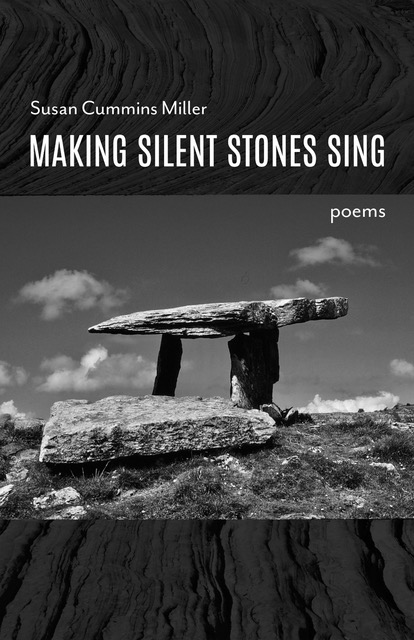
When I was nine, I began writing poetry. On a typewriter. Luckily, none of those poems have survived. At fourteen, I penciled these words on the back of a mimeographed sheet: “The written word should be / Clean as bone, clear as light, firm as stone. / Two words are not as good as one.” That quote from an anonymous author was included in someone’s graduation speech. Young as I was, I recognized that that was how I wanted to write. I didn’t realize that “bone,” “stone,” and “written word” were also clues to future passions: vertebrate paleontology, geology, and writing.
I continued to write poetry through high school—when I wasn’t singing or participating in four sports. I went off to the University of California-Riverside, double-majored in classical history and anthropology. Unofficial minor in comparative literature. Played volleyball and basketball for a couple of years. Sang with a group and with the University Chorus. By the end of my sophomore year, I’d concluded that I needed a more rigorous scientific base if I were going to pursue paleoanthropology. I took paleontology and stratigraphy courses. Just before my senior year, I approached the vertebrate paleontologist about graduate work. He agreed to mentor me for my master’s degree if I survived doing another baccalaureate in geology.
I don’t recommend condensing a four-year sequence of chemistry, math, physics, geology, paleontology, and biology classes into two, while working one’s way through school. I gave up athletics and singing (except while on field trips). I rarely slept—and when I did, it was on a couch in the women’s restroom in the geology department. But I achieved my third baccalaureate and was accepted into graduate school.
So now, I was a geology grad student, mapping out in the Mojave Desert; collecting, preparing and curating vertebrate fossils; and doing a host of other earth-science jobs. I married another UCR geologist the week I completed the fieldwork and coursework for my masters. We left for the Bay Area two days later, where he’d been accepted into the Stanford PhD program. I’d been promised a job with a U. S. Geological Survey vertebrate paleontologist in Menlo Park. But the funding fell through. Luckily, another geologist offered me a position involving field work and lab work. That and a subsequent position took me away from my first love, vertebrate paleontology, and into field geology, doing mineralogical, geological, and economic studies throughout the West.
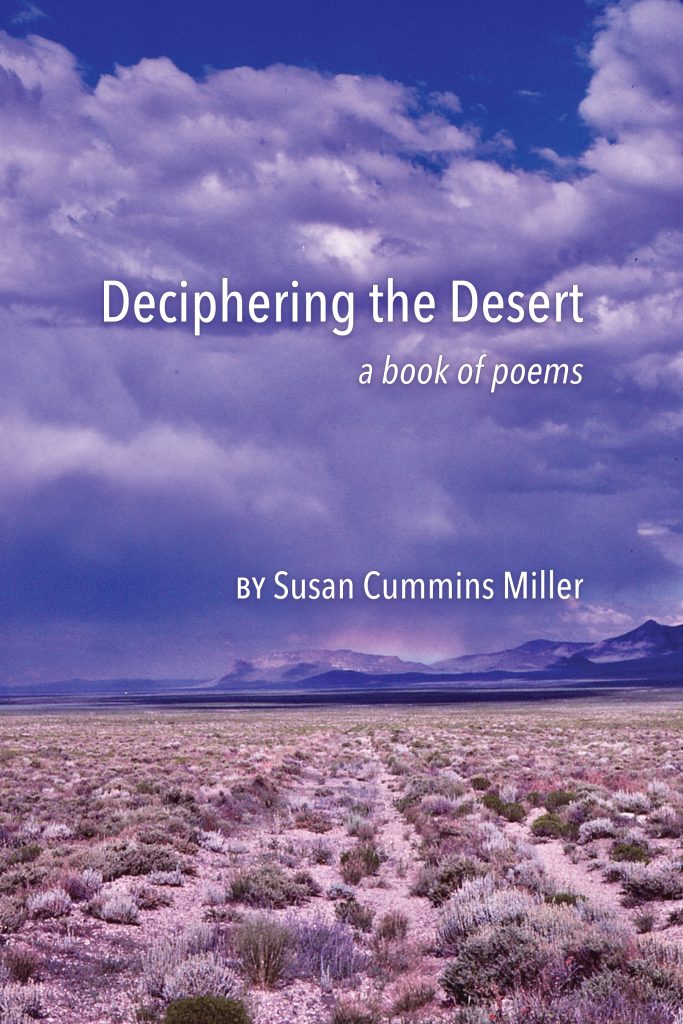
Nine years later my division was excised from the USGS. When they closed my office, I had a six-month-old son, and looked around for a part-time position. I was asked to teach geology and oceanography at the College of San Mateo. I did. Had a second son. And then my husband accepted a four-year tour-of-duty in Reston, VA. When neither of our sons adapted well to a transcontinental move, I accepted that fieldwork and teaching were out for the duration of the tour.
We moved to Tucson in 1990. Once both boys were in school full time, I looked around for the next opportunity. But then the other shoe dropped. I recognized that my older son was a special-needs child who required intense parenting and a very structured home life. No one, including my son’s pediatricians, teachers, or school counselors could put their finger on the problem. He was brilliant, highly verbal, and socially awkward. One teacher identified him with Calvin of Calvin and Hobbes. But all I knew in 1991 was that we couldn’t have two field geologists in the family. I needed to find something related to geoscience that I could do from home.
Geology is a detective story. We take clues from the surface, extrapolate into the subsurface, and construct a geologic story—a framework and history that solves and satisfies. Scientists, historians, and archaeologists are terminally curious. They want to share their discoveries with others. Enter Frankie MacFarlane, geologist, my series protagonist—daughter of two university professors (literature and archaeology), blessed/cursed with four brothers and a large extended family (unending source of plot devices and sidekicks). Former government geologist, academic, trained observer and naturalist. Amateur sleuth. Frankie’s background, interests and innate curiosity lead her to explore the psychological aspects of characters and reference classical archetypes. Her roots in the Southwest and her profession (college instructor) provide her with reasons to travel to remote locales where she can encounter, describe, and explore different landscapes, geology, cultures, environments, histories, and prehistories. From the beginning, I envisioned Place as a character.
The decision to switch from science to literature might sound strange to many of you. But my father’s brother and mother were writers. My grandmother was a poet and journalist. My uncle, Ed Mack Miller, published hundreds of articles and stories, several nonfiction books, and one novel. Writing wasn’t a novel idea in the Miller family.
But finding a publisher proved to be problematical. Agents loved the material, but said it was “half literary fiction, half suspense. Make it one or the other.” Or, I was “writing above the genre.” Excuse me?
So, I took a step back to ponder my roots as a woman writer of the West and the women writers who had gone before me. I explored women writers of the nineteenth century and earliest twentieth centuries. The search unfolded as a detective story. Each author led to another.
And then, as happens in every good fairy tale (and I’d read them all as a child), I was introduced to an editor from the University of Utah Press while attending a writers’ conference. She asked me about my writing and said they might be interested in publishing an anthology. She requested an overview and table of contents. Then two chapters. Six weeks later, UUP offered me a contract and gave me nine months to write the book. The final version included my introductory essays on and works by 34 women who published during the settlement years of the West.
After A Sweet, Separate Intimacy: Women Writers of the American Frontier, 1800-1922 came out, I attended the Women Writing the West Conference in Sacramento. On the final day, our champagne brunch aboard the Delta Queen turned into a seven-and-a-half-hour cruise. The I-Street bridge went up for us when we headed out, but stubbornly refused to rise to allow us to return to the dock. Everyone missed their flights. A writer introduced me to Judith Keeling, the editor-in-chief at Texas Tech University Press. “I have your book on my desk,” she said. “I want you to write for us.”
That night, over dinner, she said, “If you could write anything in the world, what would it be?” I told her I wanted to see if I could publish my novel, the first in a series. As we were saying good night, she asked me to send her Death Assemblage. We both knew she had no intention of publishing genre fiction. But the world had changed while I was working on the anthology. The head of Texas Tech asked the press to find projects that integrated science and literature, books with a strong female protagonist, set in the Southwest. They wanted to reach an audience that was leery of science. A year later, Death Assemblage came out. Five more followed, all set in places that I have lived and worked in the West, all presenting different geologic, geographic, and anthropological locales, all portraying my protagonist in geological roles—doing fieldwork, teaching in the classroom, taking students on field trips. Through Frankie I share my passion about earth science, archaeology, literature, ecology, and history.
It was while I was finishing my second book, Detachment Fault, that I finally found a name for what made my older son so special. Asperger’s Syndrome. The highest-functioning end of the autism spectrum. By then, my son was twenty. In my fourth book, Hoodoo, I include a student with Asperger’s. When that character strolled onto my pages, I asked my son if he would mind if Frankie had an Aspie student. “No,” he said. “The more you can do to humanize Asperger’s, the better it will be for all of us.” Wyatt turned out to be the readers’ favorite character, which delighted my son. And me.
The publication of my sixth Frankie MacFarlane mystery was beset with problems. A colleague suggested I try writing a historical mystery. I did, and sent my first Keridec Rees historical mystery, set in 1885, out with an agent. I was working on my seventh Frankie book when the pandemic hit. Not knowing what the future would hold, I put aside prose to collect, edit, and submit poetry. Poetry workshops had been my way of “filling the well” of sensory images after I’d finished each novel. I’d published a fair number in anthologies. But now I focused on sending out poems, chapbooks, and full-length poetry collections. New poems and older revised and edited poems found homes.
The historical mystery, My Bonney Lies Under, was accepted by Five Star Press last year. And then Five Star announced they were closing their doors. So that book presently is out in search of a new home. In between writing poems and short stories, two of which came out this year, I’m returning to that seventh Frankie novel, set in Sonora, Mexico, and Tucson.
My father the storyteller, who died in 2006, didn’t write me many letters. But he sent the same note twice in the last twenty years of his life. The first time was after I finished my masters. The second was after Death Assemblage was published. “Too many people accomplish a long-cherished goal and then coast for the rest of their life,” he wrote. “Don’t let that happen to you. There are always more goals, more mountains on the horizon. Keep challenging yourself. Keep climbing.”
Words to live by. Words to write by.
________________
Susan is currently working on Right of Capture, the seventh Frankie MacFarlane mystery, set in Arizona and Sonora, Mexico.
LinkedIn: https://www.linkedin.com/
Website: www.susancumminsmiller.com
Facebook: https://www.facebook.com/pages/Susan-Cummins-Miller/517616068310749


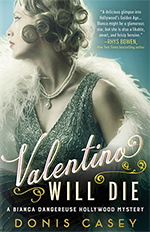
More Places to Go
Donis on Facebook
Type M for Murder